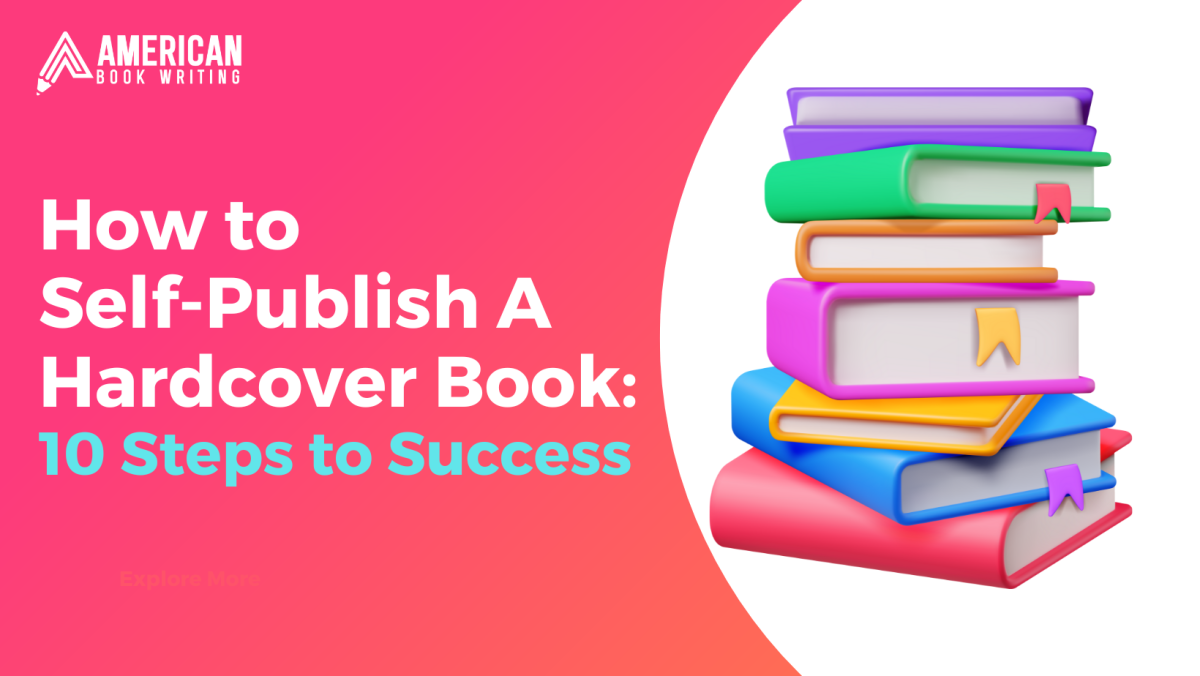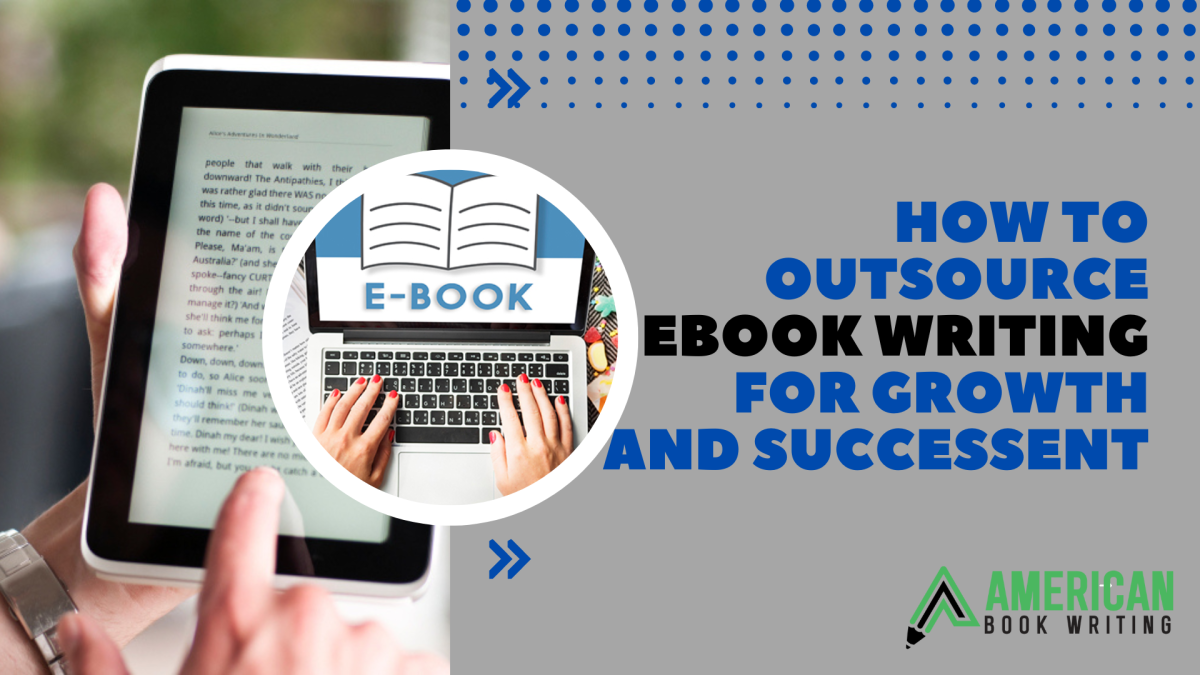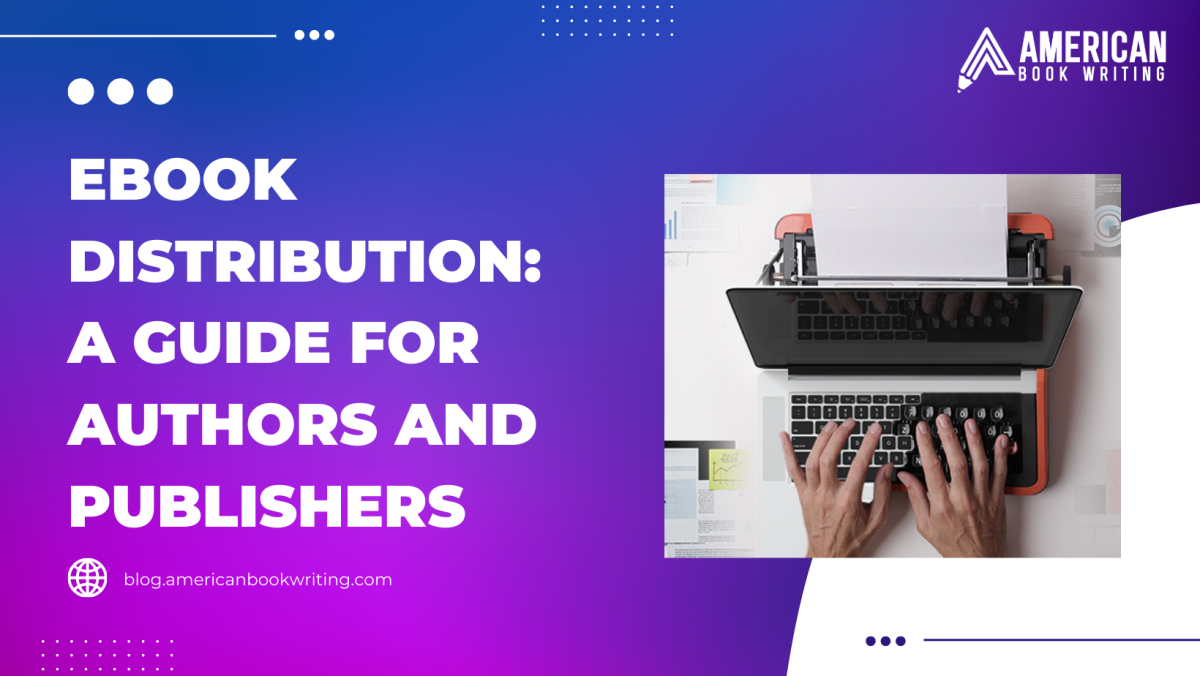Book Cover
Press The Play Button On The Audio To Listen Complete Article!
Self-publishing a hardcover book allows writers to publish without external assistance, much like how to self-publish a comic book. This process gives you complete creative power over your work, and you can see your imagination perfectly bound in a hardcover format.
While it demands some effort and determination, the result is fruitful. The process has numerous advantages, and with sufficient attention to detail, one can achieve cost savings while producing a work that enhances a sense of professional publication.
How To Self-Publishing A Hardcover Book:
Although it might seem hard at first, our guide breaks the self-publishing a hardcover book process into ten easy steps:
1- Defining Your Vision And Goals:
Self-publishing a hardcover book is more than just writing a copy and sending it to print. It’s about making something important and relevant to the people you want to reach. First, you must have a clear vision and goals for reaching your target.
Your vision is the picture in your mind of what you want your hardback book to look like. Your book is really about this and how you want your readers to feel.
Setting your goal gives your whole publishing process clarity and direction. Having it helps you stay motivated and on track during the journey.
2- Planning And Strategy:
You can make a strategic plan for your book once you have a clear vision and set goals. This plan should include writing, marketing, distributing, and selling the book. Whether traditional or hybrid publishing, it covers every part of your boo project and fits your big picture.
3-Target Audience:
Knowing who you’re writing for is vital. Who do you want your book to reach? What do they like, what do they dislike, and what hurts them?
When you know your audience, you can make your book more relevant and exciting by adapting it to their needs.
4- Crafting An Engaging Manuscript:
The heart of any book lies in its content. Take the time to write a compelling and well-edited manuscript. Pay attention to structure, grammar, and style to ensure your words resonate with your readers, similar to how to publish a poetry book. Consider hiring a professional editor to polish your self-publishing hardcover books.
A) Clarity And Coherence:
Make sure that what you’re writing makes sense. The thoughts and themes you’re presenting should be easy for readers to understand. Stay away from jargon and words that are hard to understand. Ensure your content is organized in a way that makes sense so that each idea flows into the next.
B) Grammar And Language:
Correct spelling and language use are critical. Many grammar mistakes can make reading hard and take away from your message. Also, pay attention to the verbs’ grammar, punctuation, and mood. Keep things the same.
5- Editing And Proofreading:
It is essential to edit your work after you write it. The best thing to do is write your first draft without any rules. Then, go back and edit and improve it. Also, proofreading is essential to find any mistakes that are still there.
Consider hiring a professional writer to review your work and highlight problems you may not have seen.
6- Design A Stunning Hardcover:
Your book’s cover is the first thing readers will see, and getting it right is as crucial as how to become a book cover designer. Invest in professional cover design to make your hardcover book visually appealing. It’s often worth hiring a professional book cover designer who understands the nuances of hardcover book design.
- The cover of your book is the first thing that people who might read it see. This is the first thing that will either make them want to pick up your book or not. Attention to this visual element is essential because it helps you stand out in a crowded market.
- When someone wants to read your book, the cover is the first thing they’ll see. People will either want to pick up your book or not after reading this. This visual feature is important because it helps you stand out in a crowded market.
7-Formatting Your Book:
It’s essential to format self-publishing hardcover books correctly because they have specific sizes and needs. For the hardcover version, make sure that your manuscript is formatted correctly. Getting a finished result requires being consistent and accurate.
- Page Layout: Correct formatting makes each page look good. This means keeping the right amount of text and spacing, arranging pictures or drawings, and avoiding awkward page breaks. A well-formatted paperback book makes moving from one page to the next easy without interruption.
- Page Elements: Hardcover books usually have heads, footers, and page numbers. These parts should be put and styled the same way throughout the whole book. If you format the book correctly, these details will add to its overall look without drawing attention away from the text.
8- Paper Selection:
Choose the type and quality of paper for the interior pages and cover. This affects the look and feel of your book.
Here are some key factors to consider when choosing the paper for self-publishing a hardcover book:
1. Paper Weight:
-
- Paperweight is measured in grams per square meter or pounds. Higher GSM or lb values indicate thicker, more substantial paper. Common weights for book pages range from 50gsm (for newspapers) to 120gsm (standard for novels) and beyond.
- Thicker paper (around 80gsm and above) prevents text and images from showing through the page, enhancing readability.
2. Paper Finish:
-
- Matte: Matte paper has a non-glossy, smooth surface, reducing glare and providing a sophisticated look. It’s a popular choice for novels and non-fiction books.
- Glossy: Glossy paper has a shiny surface that pops colors and images. It’s often used for art, photography, or children’s books.
- Satin or Semi-Gloss: A middle ground between matte and glossy, offering a subtle shine. It’s suitable for a variety of genres.
9- Choose A Printing And Distribution Method:
- Print on Demand (POD): Use POD services like KDP (Kindle Direct Publishing) for eBook distribution. This means copies are printed only when someone orders, reducing upfront costs.
- Offset Printing: For large quantities, offset printing can be cost-effective. Research printing companies and get quotes.
10- Market Your Book:
- Develop a strategic plan for you. This could include social media promotion, book launch events, author websites, and seeking book reviews.
- Leverage both online and offline channels to reach your target audience.
How Much Does It Cost To Self-Publish A Hardcover Book
All the costs mentioned below are estimates. Depending on the book publishing company, these may vary:
Manuscript Editing:
The first step in creating a polished hardcover book is ensuring your manuscript is impeccably edited. This involves proofreading for grammatical errors and a comprehensive edit for clarity, consistency, and flow. You may hire a professional editor, which typically costs between $500 and $2,500, depending on the length and complexity of your manuscript.
Book Cover Design:
The saying “Don’t judge a book by its cover” may be timeless wisdom, but a captivating cover can significantly impact sales in the publishing world. Hiring a skilled book cover designer for self-publishing a hardcover book can cost anywhere from $200 to $1,500. A well-designed cover can make your hardcover book stand out on the shelf and online.
Typesetting And Formatting:
Formatting your manuscript to fit the dimensions of a hardcover book is a crucial step. It ensures that your book looks professional and is easy to read. Professional typesetting and formatting services generally range from $500 to $1,500.
Printing Costs:
Printing costs are a substantial part of self-publishing hardcover books. The price per unit depends on page count, book size, paper quality, and color options.
On average, if you want to print and publish a cookbook or a hardcover book, it can cost between $5 and $15 per copy. This cost can significantly impact your budget, especially for large print runs.
ISBN And Copyright:
You’ll need an International Standard Book Number (ISBN) and proper copyright protection to publish a book. ISBNs can be obtained through authorized agencies for a fee, usually around $125 for a single ISBN. Copyright registration fees vary but generally range from $35 to $55.
Distribution And Marketing:
Once your hardcover book is ready, you must plan for its distribution and marketing. This may include setting up an online store, distributing through platforms like Amazon, and investing in promotional activities. The cost of book marketing services varies widely based on your strategy, budget, and target market.
Additional Expenses:
Beyond the core expenses mentioned above, you should consider miscellaneous costs like author website development, promotional materials, and legal fees. These expenses can add up, so budgeting them accordingly is crucial.
Final Words:
Self-publishing a hardcover book can be an amazing experience. The bad news is it’s not easy or affordable to do so, especially if you’re on a budget.
Some steps are involved, but if you follow the right strategy and understand the process, it can be a fun and educational experience.
Additionally, setting up a distribution strategy, effectively marketing your book, and monitoring sales and reviews are all important aspects of self-publishing.




